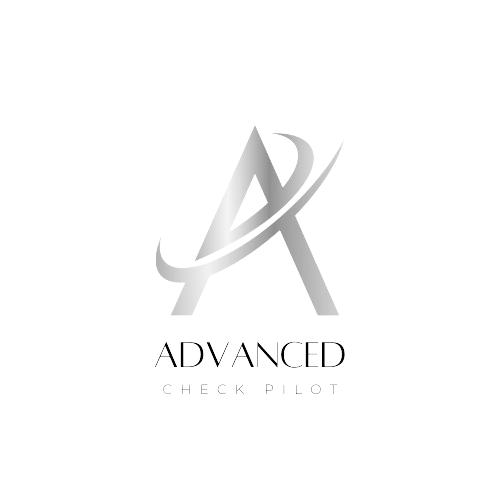Blog
How to Obtain a Float Rating
Introduction
A floatplane or seaplane rating allows pilots to expand their range of operations, enabling them to land in diverse environments. Although obtaining this rating is straightforward, it does present some unique challenges. Pilots will need to master landing on water, which is often more complex than landing on land, and they must be prepared to operate in areas lacking standard aviation services such as fuel, air traffic control, weather updates, and flight planning. Fortunately, the foundational skills necessary to be a proficient pilot are already in place; this rating will build upon them.
Training and Requirements
Step 1: Obtain a Pilot License
The initial requirement is to hold a pilot license, whether it be a Recreational Permit, a Private Pilot License, or a Commercial Pilot License.
Step 2: Complete the Required Flight Hours
Training does not necessitate a certified flight instructor; any commercial pilot or Airline Transport Pilot License (ATPL) holder with a floatplane endorsement and 50 hours of floatplane experience can act as your instructor.
You must complete a minimum of 7 hours of flight training, including 5 hours of dual instruction and 5 solo takeoffs and landings in a floatplane. Many flight schools offer packages that exceed this minimum, as additional hours are often beneficial.
Some facilities provide “Career Bush Pilot Training” for those looking to enter the industry or seeking advanced floatplane training. Georgian Bay Airways in Parry Sound, ON, and Lake Country Airways in Orillia, ON, are two examples offering such programs.
Additional Training Elements
Although there is no formal ground school, written exam, or flight test for the floatplane rating, you will need a recommendation form signed by your instructor to endorse your new rating. Many flight training centers include ground training as part of their courses, which is beneficial for understanding new concepts before applying them in flight.
Training Topics
Your training will cover several critical areas, including:
- Floatplane preflight inspections and fueling procedures
- Techniques for take-offs and landings, including those on glassy water, rough water, in confined areas, and in crosswind conditions
- Taxiing, sailing, docking, ramping, beaching, and mooring
- Selecting appropriate landing sites
- Emergency procedures and air-work
By completing this training, you’ll be equipped to handle the unique challenges of operating a floatplane, opening up a new realm of flying possibilities.

